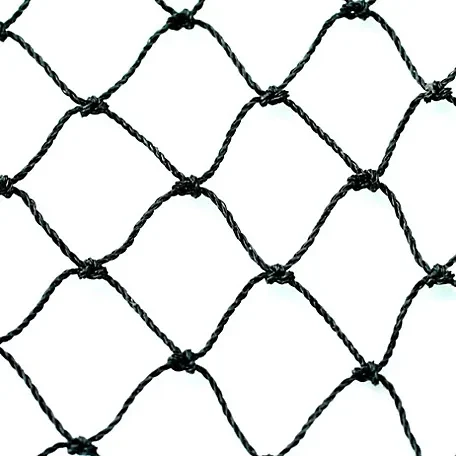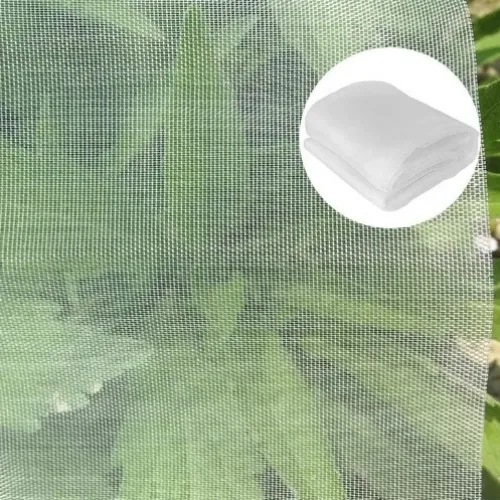-
 Afrikaans
Afrikaans -
 Albanian
Albanian -
 Amharic
Amharic -
 Arabic
Arabic -
 Armenian
Armenian -
 Azerbaijani
Azerbaijani -
 Basque
Basque -
 Belarusian
Belarusian -
 Bengali
Bengali -
 Bosnian
Bosnian -
 Bulgarian
Bulgarian -
 Catalan
Catalan -
 Cebuano
Cebuano -
 China
China -
 Corsican
Corsican -
 Croatian
Croatian -
 Czech
Czech -
 Danish
Danish -
 Dutch
Dutch -
 English
English -
 Esperanto
Esperanto -
 Estonian
Estonian -
 Finnish
Finnish -
 French
French -
 Frisian
Frisian -
 Galician
Galician -
 Georgian
Georgian -
 German
German -
 Greek
Greek -
 Gujarati
Gujarati -
 Haitian Creole
Haitian Creole -
 hausa
hausa -
 hawaiian
hawaiian -
 Hebrew
Hebrew -
 Hindi
Hindi -
 Miao
Miao -
 Hungarian
Hungarian -
 Icelandic
Icelandic -
 igbo
igbo -
 Indonesian
Indonesian -
 irish
irish -
 Italian
Italian -
 Japanese
Japanese -
 Javanese
Javanese -
 Kannada
Kannada -
 kazakh
kazakh -
 Khmer
Khmer -
 Rwandese
Rwandese -
 Korean
Korean -
 Kurdish
Kurdish -
 Kyrgyz
Kyrgyz -
 Lao
Lao -
 Latin
Latin -
 Latvian
Latvian -
 Lithuanian
Lithuanian -
 Luxembourgish
Luxembourgish -
 Macedonian
Macedonian -
 Malgashi
Malgashi -
 Malay
Malay -
 Malayalam
Malayalam -
 Maltese
Maltese -
 Maori
Maori -
 Marathi
Marathi -
 Mongolian
Mongolian -
 Myanmar
Myanmar -
 Nepali
Nepali -
 Norwegian
Norwegian -
 Norwegian
Norwegian -
 Occitan
Occitan -
 Pashto
Pashto -
 Persian
Persian -
 Polish
Polish -
 Portuguese
Portuguese -
 Punjabi
Punjabi -
 Romanian
Romanian -
 Russian
Russian -
 Samoan
Samoan -
 Scottish Gaelic
Scottish Gaelic -
 Serbian
Serbian -
 Sesotho
Sesotho -
 Shona
Shona -
 Sindhi
Sindhi -
 Sinhala
Sinhala -
 Slovak
Slovak -
 Slovenian
Slovenian -
 Somali
Somali -
 Spanish
Spanish -
 Sundanese
Sundanese -
 Swahili
Swahili -
 Swedish
Swedish -
 Tagalog
Tagalog -
 Tajik
Tajik -
 Tamil
Tamil -
 Tatar
Tatar -
 Telugu
Telugu -
 Thai
Thai -
 Turkish
Turkish -
 Turkmen
Turkmen -
 Ukrainian
Ukrainian -
 Urdu
Urdu -
 Uighur
Uighur -
 Uzbek
Uzbek -
 Vietnamese
Vietnamese -
 Welsh
Welsh -
 Bantu
Bantu -
 Yiddish
Yiddish -
 Yoruba
Yoruba -
 Zulu
Zulu
Feb . 13, 2025 14:47
Back to list
net for agriculture farming
Crop nets have emerged as a transformative tool in modern agriculture, offering farmers an innovative solution to enhance productivity and sustainability. With the growing challenges of unpredictable weather patterns, pest infestations, and the need for sustainable farming practices, crop nets provide an answer that balances nature's elements and human ingenuity.
Trustworthiness in utilizing crop nets is bolstered by decades of successful application and documented case studies. Farmers report reduced losses from pests and weather-related incidents, translating to more stable incomes and improved food security. Moreover, partnering with reputable manufacturers who provide quality nets with warranties ensures durability and performance, giving farmers peace of mind regarding their investment. Beyond their immediate benefits, crop nets contribute to broader environmental sustainability goals. By enabling more precise resource management, such as water and fertilizers, and reducing the reliance on chemical controls, they align with global efforts to minimize agriculture's ecological footprint. This integration of crop nets into sustainable farming practices supports biodiversity and enhances the resilience of food systems against climate change. Farmers considering crop nets must evaluate factors such as the crop type, local climate conditions, and specific challenges they face, like prevalent pests or extreme weather events. Engaging with agricultural experts and suppliers with a proven track record in supplying high-quality nets can aid in selecting the most suitable option tailored to individual needs. In conclusion, crop nets stand as a testament to innovative agricultural practices that harmonize productivity and environmental stewardship. Their ability to protect crops, improve yields, and promote sustainability makes them an invaluable asset in modern farming. As the agricultural sector continues to adapt to new global challenges, crop nets will likely play an increasingly central role in feeding the world's growing population while safeguarding our planet.


Trustworthiness in utilizing crop nets is bolstered by decades of successful application and documented case studies. Farmers report reduced losses from pests and weather-related incidents, translating to more stable incomes and improved food security. Moreover, partnering with reputable manufacturers who provide quality nets with warranties ensures durability and performance, giving farmers peace of mind regarding their investment. Beyond their immediate benefits, crop nets contribute to broader environmental sustainability goals. By enabling more precise resource management, such as water and fertilizers, and reducing the reliance on chemical controls, they align with global efforts to minimize agriculture's ecological footprint. This integration of crop nets into sustainable farming practices supports biodiversity and enhances the resilience of food systems against climate change. Farmers considering crop nets must evaluate factors such as the crop type, local climate conditions, and specific challenges they face, like prevalent pests or extreme weather events. Engaging with agricultural experts and suppliers with a proven track record in supplying high-quality nets can aid in selecting the most suitable option tailored to individual needs. In conclusion, crop nets stand as a testament to innovative agricultural practices that harmonize productivity and environmental stewardship. Their ability to protect crops, improve yields, and promote sustainability makes them an invaluable asset in modern farming. As the agricultural sector continues to adapt to new global challenges, crop nets will likely play an increasingly central role in feeding the world's growing population while safeguarding our planet.
Latest news
-
Shipping Plastic Bags for Every NeedNewsJul.24,2025
-
Safety Netting: Your Shield in ConstructionNewsJul.24,2025
-
Plastic Mesh Netting for Everyday UseNewsJul.24,2025
-
Nylon Netting for Every UseNewsJul.24,2025
-
Mesh Breeder Box for Fish TanksNewsJul.24,2025
-
Expanded Steel Mesh Offers Durable VersatilityNewsJul.24,2025











